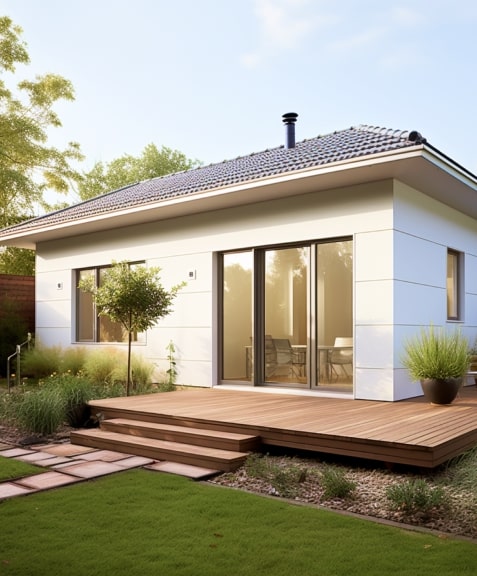
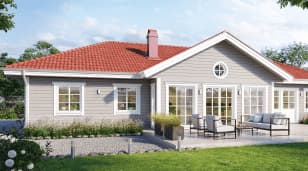
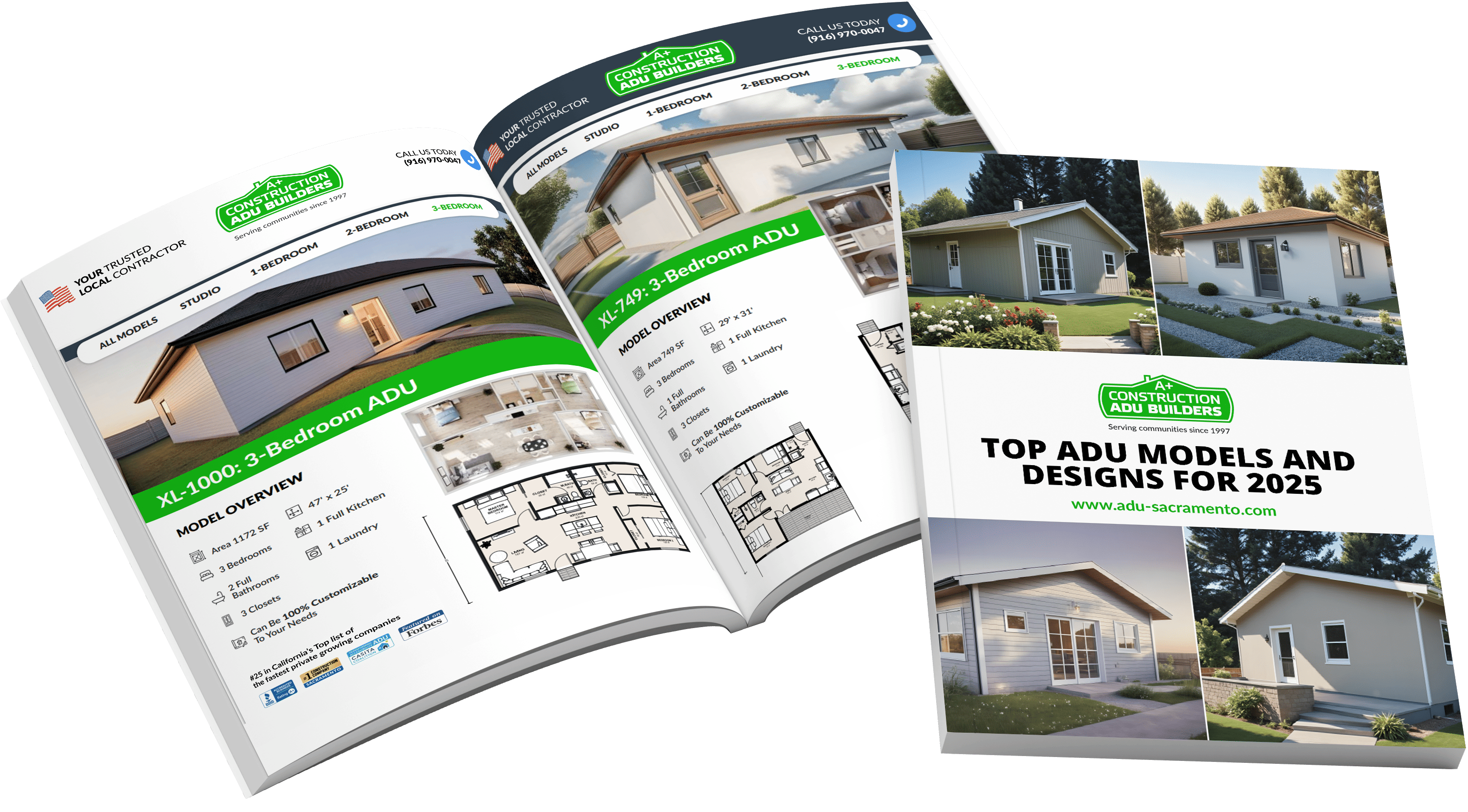


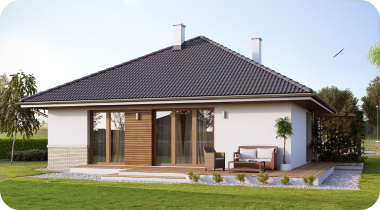
A link to download your FREE brochure will be in your inbox in 3 minutes
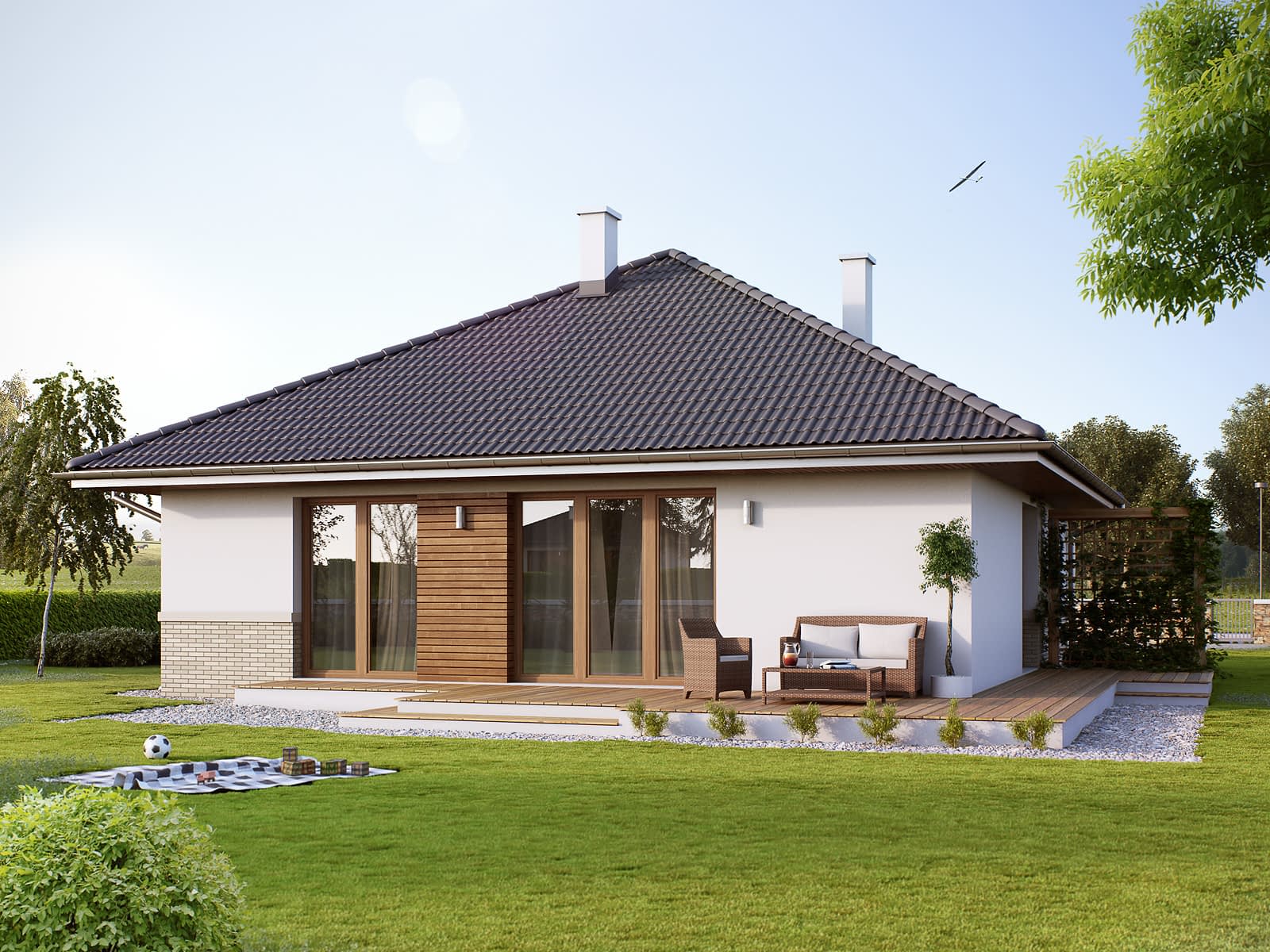






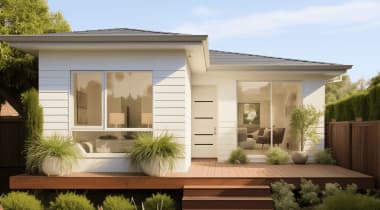











The final price may vary based on project specifics.
To get a free accurate quote tailored to your needs, book a consultation with us today!

The price per square foot provided is an average and may vary depending on project-specific details such as materials, location, complexity, and other factors. Actual costs may differ from the average provided.
It is recommended to obtain a detailed quote based on the specific requirements of your project.

Please note that the monthly payment displayed on this page is an estimate and is subject to variation based on the selected loan product, applicants credit score, loan amount, and other financial details. Actual monthly payment may differ from the estimate provided.
It is recommended to seek advice from a financial advisor or loan officer to obtain precise payment information tailored to individual circumstances.
 Your Trusted
Local Contractor
Your Trusted
Local Contractor
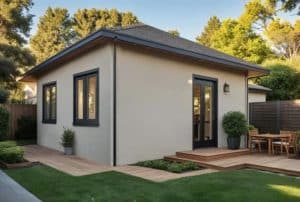 You have probably heard of junior accessory dwelling units (JADUs) in the context of accessory dwelling units. But if you’re here, it means there are still gaps in your knowledge about them. A junior accessory dwelling unit is a smaller ADU converted from an existing space on your property. If you have an underused attached garage, an extra bedroom, a cluttered basement, or other existing accessory structure on your property, you can potentially turn them into a junior accessory dwelling unit.
You have probably heard of junior accessory dwelling units (JADUs) in the context of accessory dwelling units. But if you’re here, it means there are still gaps in your knowledge about them. A junior accessory dwelling unit is a smaller ADU converted from an existing space on your property. If you have an underused attached garage, an extra bedroom, a cluttered basement, or other existing accessory structure on your property, you can potentially turn them into a junior accessory dwelling unit.
Does a JADU need a separate entrance? How many square feet does a junior accessory dwelling unit occupy? Can you build it outside of the primary residence? In the given article, we will explore junior accessory dwelling units, their features, purposes, and how they differ from traditional ADUs.
The regulations for junior accessory dwelling units differ from one area to another. Thus, some jurisdictions specify that a junior accessory dwelling unit must be a space converted from a structure integrated within the primary residence. At the same time, other jurisdictions may allow JADUs to be converted into structures outside the primary dwelling unit, like detached garages.
However, there are more universal criteria that help us determine what JADU is. They encompass the following:
As you probably know, ordinary accessory dwelling unit (ADU) square footage ranges from 150 sq. ft. to 1200 sq. ft. according to ADU laws. On the contrary, a JADU cannot exceed 500 sq. ft., which makes it a more compact option.
A JADU is a repurposed existing structure, not a new building. A homeowner in California can build one ADU (whether attached or detached ADU) and one JADU. While you can create an ADU from scratch, a JADU must be a conversion because, otherwise, it would be impossible to fit them both within one plot. Also, a JADU must have a separate entrance: an exterior access entrance and an interior one if it shares the bathroom with the main dwelling. It may also have separate sanitation facilities.
It’s not necessary for JADUs to have full kitchens, but the food preparation area should be efficient. An efficient kitchen means that food preparation counters and storage cabinets should be of an appropriate size while cooking appliances should have 240-volt outlets.
Both an ADU and a JADU must have sleeping areas. It doesn’t have to be a separate room. The bedroom space can be part of the main living space, designated by furniture arrangements or other means.
A junior accessory dwelling unit may share the bathroom with the existing primary residence, but in this case, JADU must have interior access to the main house.
The same as with the accessory dwelling unit, JADU is a unit intended for permanent residence. Therefore, it must have all amenities, such as a sewage system, water supply, and electricity connected to it. In case a JADU occupies either the remaining portion of the main residence or adjoins it, a JADU can share sanitation facilities and other utility connections with it.
To summarize what has been said, a JADU is a compact accessory dwelling unit converted from the room inside the primary dwelling unit or a structure nearby it. Now, let’s discuss what specific regulations JADUs must meet in comparison with traditional ADUs!
Both JADUs and ADUs have many construction rules in common. That’s because, basically, a JADU is a type of ADU with a few alterations from more general regulations. For instance, in certain areas, you can’t use JADUs for short-term rentals; you can only use them for long-term ones. Also, in contrast to ADUs, which may take 6-12 months to build due to their bugger dimensions and complex design, JADUs take 3-6 months from design to full construction.
Since JADUs are conversions of the main residence rooms or attached structures, you only need to build a JADU in the same location as the previous structure. This restricts the amount of available designs and layouts but ensures compliance with the California building standards code. Generally, the setbacks (side setbacks and rear yard setbacks) for JADUs are 4 feet from the property line. The existing structure’s height regulations often dictate the height of the JADU. As for the number of JADUs, a single-family property in Sacramento may host one JADU.
What building permit is easier to obtain: the one for an ADU or the one for a JADU? Generally, when acquiring a building permit for a JADU, you face more streamlined guidelines, which leads to an expedited permit approval process. This involves simplified review, fewer administrative hurdles, shortened approval timelines, and potential cost savings. The simplified regulations and California building code rules for JADUs aim to suggest a more straightforward process for homeowners to develop additional housing options within their properties, making it more accessible for them to do so.
New ADU laws ban owner occupancy clauses for ADUs, but they remain in force for JADUs. Owner occupancy applies to all individuals but not to a governmental agency, housing organization, or land trust. Basically, owner occupancy means that the JADU owner must occupy either the primary dwelling or a JADU itself if they want to rent one of them out. The laws forbid homeowners from leasing the house and the JADU simultaneously. The reason behind this is that the original JADU’s idea was that the unit should be for household needs rather than renting needs.
When it comes to the provision of an additional 150 sq. ft. for ingress and egress, sometimes it’s possible for an ADU to get additional space to ensure adequate access to the ADU and exit out of it. The same doesn’t work for JADUs, which can reach 500 sq. ft. max. JADUs don’t have a consistent allowance for the extra 150 sq. ft.
No parking requirement is good news because you can save even more money! JADUs are quite small. Thus, unless you opt for an attached garage conversion, there is no need for additional parking. If you created a JADU by converting your covered parking structure, you need to replace it with a new off-street parking space.
All in all, many of JADU’s simplified rules stem from the idea of fostering community development and providing more affordable housing options for people from densely populated areas. If you’re seeking to commence JADU construction, reach out to a professional ADU and JADU building company that will introduce you to their specialists in JADU legislation!
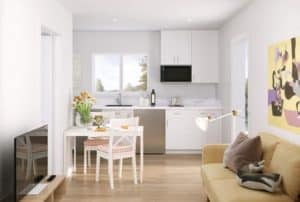
First and foremost, JADUs are lifesavers when it comes to affordable living options. No one can buy a new plot and build a house on it, but more people can gradually convert an existing space. JADUs are cheaper than ADUs due to their smaller footprint and utilization of existing structures. The same as with a garage conversion, utilization of an existing unit allows you to cut costs on building materials and labor as you generally need to build fewer structural components. This way, with the foundation, roof, and walls, as well as some windows and doors in place, you can proceed directly to further construction elements.
As long as your unused space in the primary unit meets the JADU size criteria, you can utilize any of your idling rooms. For instance, it can be boiler rooms, storage rooms, an attic or a basement space (if you apply proper insulation and seal it against moisture), or an unused guest room or master bedroom. Due to space constraints, JADUs have limited design options, but they still may accommodate a variety of needs.
Let’s take a look at some of them:
Expecting a baby? Have grown children in need of their own homes? Need to house your elderly parents but don’t have enough private room for newcomers in the existing single-family dwelling? Transform your attached garage or spare room into a self-sufficient living space! The minimum gross floor area of a JADU may vary for different cities or counties, but it must be enough to accommodate all amenities and leave some space for movement.
Many property owners dream of rental income as an extra source of passive revenue. A JADU is a supplementary opportunity to create one more unit to rent out in addition to your attached ADU or detached ADU. Leasing two units instead of one doubles your proceeds, bringing in additional income!
Despite smaller physical dimensions, the extra space suitable for living and rent adds up to the allure of your property in the eyes of potential buyers. Especially if your JADU is functional and nice-looking. The only thing that merits mentioning is that a separate sale of a JADU or ADU is impermissible. You can only sell your plot as a whole.
Similarly to detached ADUs and other ADU types, it’s possible for a JADU to serve as a functional home office, home gym, guest house, or hobby room. Although 500 sq. ft. isn’t too much, many ADUs also have the same dimensions and are capable of housing necessary furniture arrangements and appliances as well as zones dedicated to specific activities.
If your existing single-family residence is too cramped, but you have an idling structure on your land, it’s time to go for it and transform your life! A JADU accessory structure offers a whole variety of advantages, so it’s up to the property owner to set the specific goals!
In Sacramento, California, the JADU requirements include conversion requirements, owner occupancy, size requirements, and setback requirements designed to ensure the creation of safe and functional living spaces within existing properties. Also, the law stipulates that a single family may have only one JADU along with an ADU, which constitutes the maximum number of JADU requirements.
No, it’s not necessary for a JADU to have a full kitchen. A JADU may feature a small kitchen with a kitchen sink and compact drain line, electrical services mandating less than 240 volts, as well as counters for food preparation and storage facilities (kitchen cabinets and fridge). The size or capacity of the named furniture and appliances may be any given, and they fulfill their objectives.
Yes, a junior ADU and ADU may share a connection if local regulations permit it. Generally, a single-family dwelling is eligible for both an ADU and a JADU, and their location is relatively free. For example, if you already have an attached ADU and an attached garage you want to convert into a JADU, you can do it unless it contradicts the local ordinance or California building code. Check-in with your local authorities to make sure your project is feasible.
Junior ADUs come integrated into the footprint of the main house or converted from existing structures. The examples of junior ADUs encompass conversions of attached garages, basements, attic spaces, enclosed patios, storage areas or sheds, guest houses, or even parts of the houses like dining nooks or underused alcoves. You can turn these structures into cozy studio apartments, one-bedrooms, or other variations of compact living spaces.
JADU’s price depends on a lot of factors. Firstly, the labor cost in your area may be far beyond average if your location is popular. Besides, JADUs differ in size, the quality of finishes, the number and complexity of amenities, additional decoration, and features. However, on average, homeowners can expect average total costs to be from $90,000 to $130,000 when transforming an existing space into a JADU.

Get a First Look at Real ADU Projects